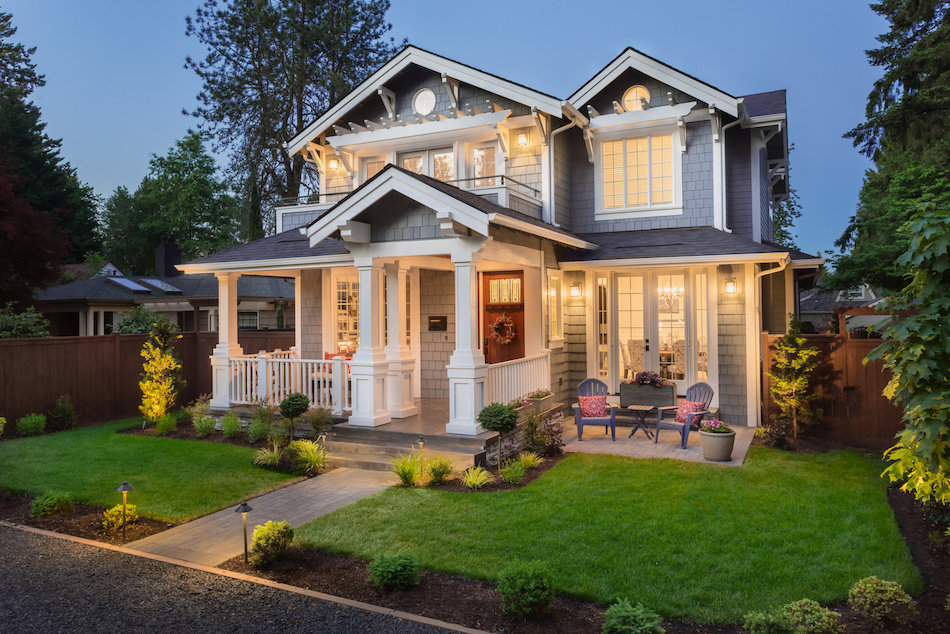

In today’s uncertain world, protecting your building is of utmost importance. Whether you own a commercial property or manage a residential complex, ensuring the safety and security of your space should be a top priority. Implementing proactive measures for building protection can help safeguard your property, assets, and the people within.
In this article, we will explore various strategies and practices to secure your space and provide peace of mind.
Assessing Vulnerabilities
Before taking any protective measures, it is essential to assess the vulnerabilities of your building. Conduct a thorough analysis to identify potential risks and threats. Consider both internal and external factors that could pose a security risk, such as location, neighboring areas, accessibility, and existing security infrastructure. By understanding the specific vulnerabilities, you can tailor your security measures accordingly.
Enhancing Physical Security
One of the fundamental aspects of building protection is enhancing physical security. Start by investing in high-quality locks and deadbolts for all entry points. Consider installing building access control systems to regulate entry and exit. Security cameras and surveillance systems should also be strategically placed to monitor key areas of your building. Additionally, reinforce windows and doors with shatterproof glass and sturdy frames to deter unauthorized access.
Implementing Alarm Systems
Alarm systems are an effective deterrent and provide an additional layer of security. Choose the right alarm system for your building, considering factors such as the size of the property, the level of security required, and the specific needs of your business or residence. Integrating alarm systems with professional monitoring services ensures that any potential breaches or emergencies are immediately detected and addressed.
Enhancing Lighting and Visibility
Proper lighting plays a crucial role in building protection. Well-lit areas act as a deterrent to criminals and provide better visibility for surveillance. Install exterior lighting to illuminate entry points, parking lots, and walkways. Interior lighting should be adequate in all common areas and corridors. Motion-sensor lights can be particularly effective in detecting and deterring suspicious activities during non-business hours.
Implementing Security Measures for Entry Points
Entry points are vulnerable areas that require extra attention. Install security gates or barriers to control access to your property. Turnstiles or access control systems can be used to regulate entry for authorized personnel. Visitor management systems help track and monitor guests, ensuring that only authorized individuals are granted access.
Training and Education
Building protection goes beyond physical security measures. It is important to provide security awareness training to employees and residents. Educate them about potential risks, teach them to recognize suspicious activities, and encourage them to report any concerns promptly. Additionally, establish and communicate emergency protocols and procedures to ensure everyone knows how to respond in critical situations.
Implementing Fire Safety Measures
Fire safety is an integral part of building protection. Install fire alarms and smoke detectors throughout the building, ensuring they are regularly maintained and tested. Place fire extinguishers in easily accessible locations and provide clear instructions on their usage. Conduct routine fire drills to familiarize occupants with emergency evacuation procedures.
Monitoring and Maintenance
Regular monitoring and maintenance are crucial to ensure the effectiveness of your security measures. Regularly inspect security systems and equipment to identify any potential issues or malfunctions. Monitor building access and surveillance footage to detect and address any suspicious activities promptly. Perform routine maintenance and upgrades to keep your security infrastructure up to date.
In conclusion, securing your building requires proactive measures to protect your space, assets, and the people within. By assessing vulnerabilities, enhancing physical security, implementing alarm systems, enhancing lighting, regulating entry points, providing training and education, implementing fire safety measures, and ensuring monitoring and maintenance, you can create a secure environment that provides peace of mind. Remember, building protection is an ongoing process that requires constant evaluation and adaptation to emerging threats.
